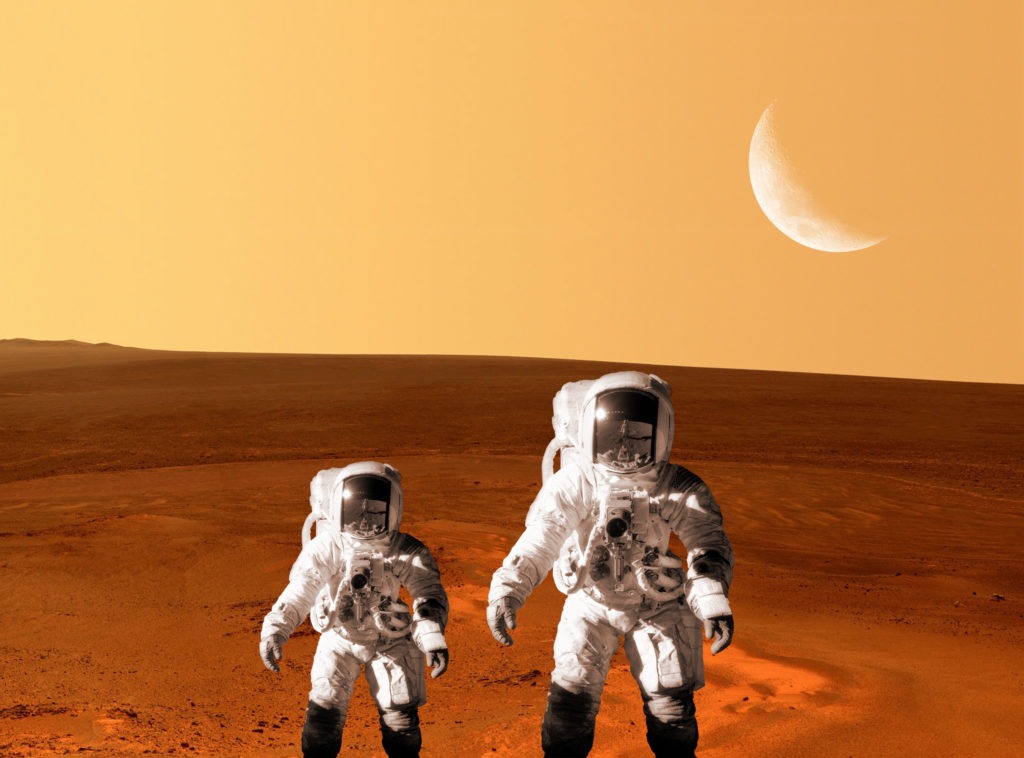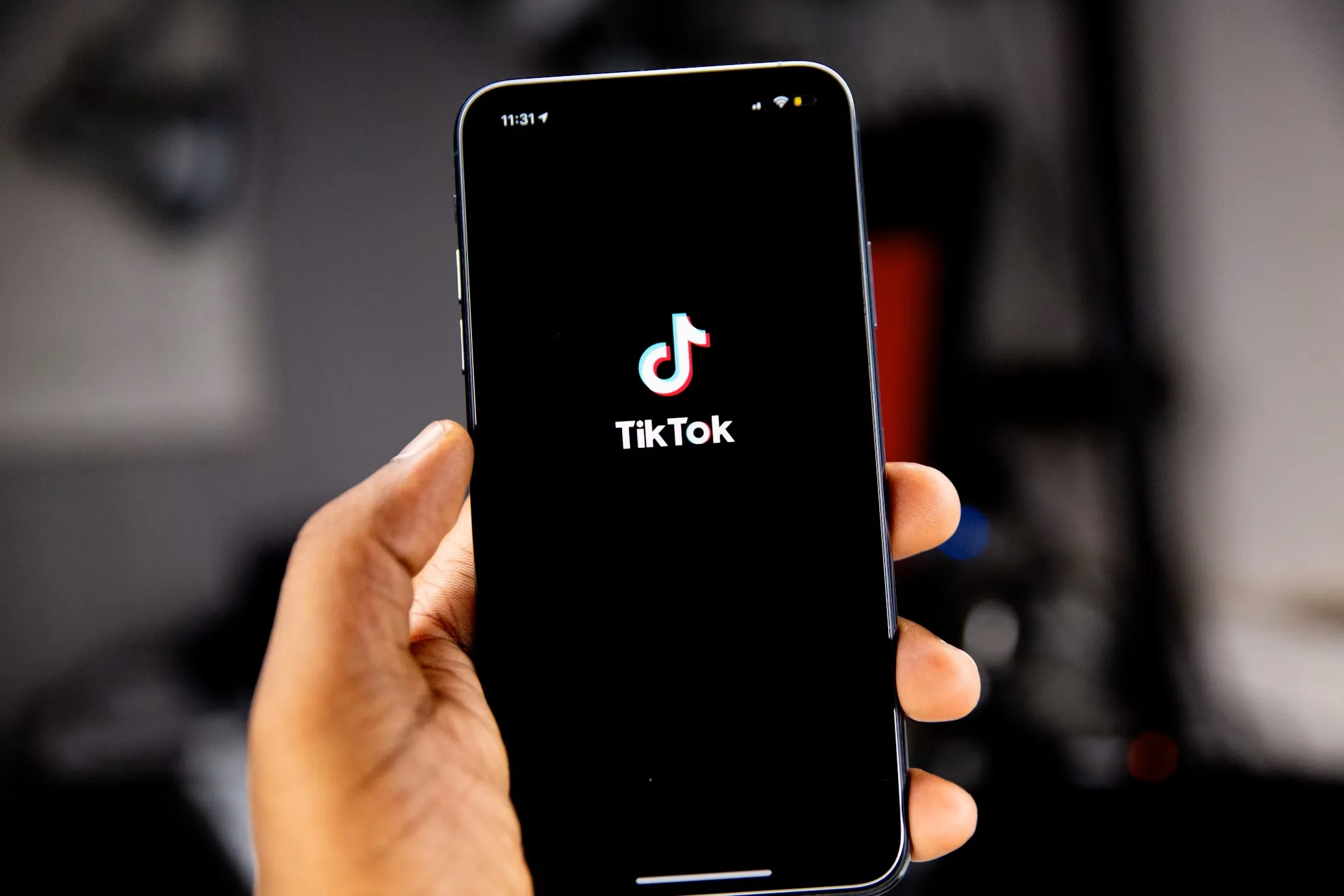
Keywords, keywords, keywords. We’re told they’re the cornerstones of search engine optimisation. Brands rely on them to get onto the front page of online search results – and often pay a fortune to SEO experts promising to practise the dark arts of algorithm-manipulation to keep them there.
So, in a world where Search Engine Optimisation can seem like another planet (a planet where the climate is hostile and constantly changing – see picture) are keywords really the be all and end all of your website copy? And is spontaneous, original web content dead?
Authenticity rules
In short, the answer is no – to both. It’s content that’s king, rather than keywords. Above all, the best marketing content is relevant to your audience. It’s engaging, well-written, and makes them want to DO something (click, save, read on, even buy). Yes, it might include your keywords, but only in a way that feels natural, not forced – and never at the expense of meaning or quality.
Algorithms change, SEO hacks come and go. But the best content lives on, unaffected. It continues to draw your customers in and drive them to action. Because it’s written with your customers in mind.
Getting it right: our website copywriting tips
If you’re a brand wanting to get indexed and noticed, what are the webpage need-to-knows? Here are our top tips for writing winning web copy:
Get the page drafted before you get too hung up on which keywords to put
where. If they’re the right ones for your audience, they’ll most likely find their
way in on their own. And you can always have a good look through and work in
any missing must-haves after.
Think about the main messages your readers want to see (which most
likely are keywords, anyway), and make them work hard. Put them in places
they’ll be seen easily by readers: headers, first paragraphs, image captions.
Again, these locations are also Google-friendly, so making life easier for your
reader pays off.
Whether it’s a blog or a landing page, no one wants to read an essay – and reams and reams of copy won’t fly with Google either. Readers appreciate clear, concise and digestible content. And so, it follows, do search engines.
Thinking about your audience doesn’t just mean thinking about what they want to read. It’s about
knowing how they read. How many times
have you skim read an article on your phone on the train, desperately trying to
find the bits that matter to you? Use headers, lists and bullets. Link to
further reading if you need to. It will help readers get to the points they
care about quickly. And it’ll help Google scan your content (bonus).
No meandering sentences, no meaningless corporate jargon. And no passive! When you only have a few seconds to catch – and keep – readers’ attention, don’t waste words. Get to the point quickly and succinctly. If you do, it could help your listings too: as SEO titan Yoast says, the rise of voice search is cementing the importance of readability in search results.
Make your web content
count
For us, the rule is no matter what, your audience should come first. Working the right keywords into your website copy can help Google find and index your page, but none of that matters if your website leaves visitors drowning in a sea of meaningless keyword stuffing and digital waffle. And more often than not, if you put your audience first, the search engines will follow.

Navigating the fast-paced media landscape requires a dedication to innovation and a deep grasp of industry trends. At the heart of this transformation is Artificial Intelligence (AI), a total game-changer reshaping how we handle tasks and workflows. If the thought of this new ‘co-worker’ freaks you out as much as… Read more

We’ve delved into the minds of some of the biggest brand innovators around to uncover their secrets of success and inspiration. Brands aren’t just threads in life’s fabric; they’re engines of inspiration. Behind these brands are some of the world’s most influential leaders, driving change and innovation. That’s why we’ve… Read more

It’s no secret that we’re currently living through the age of social media, where platforms such as TikTok have become more than just entertainment hubs with viral dances and comedic skits — but now a powerful marketing influence that’s totally shaping consumer behaviours and trends, particularly in world of grocery… Read more